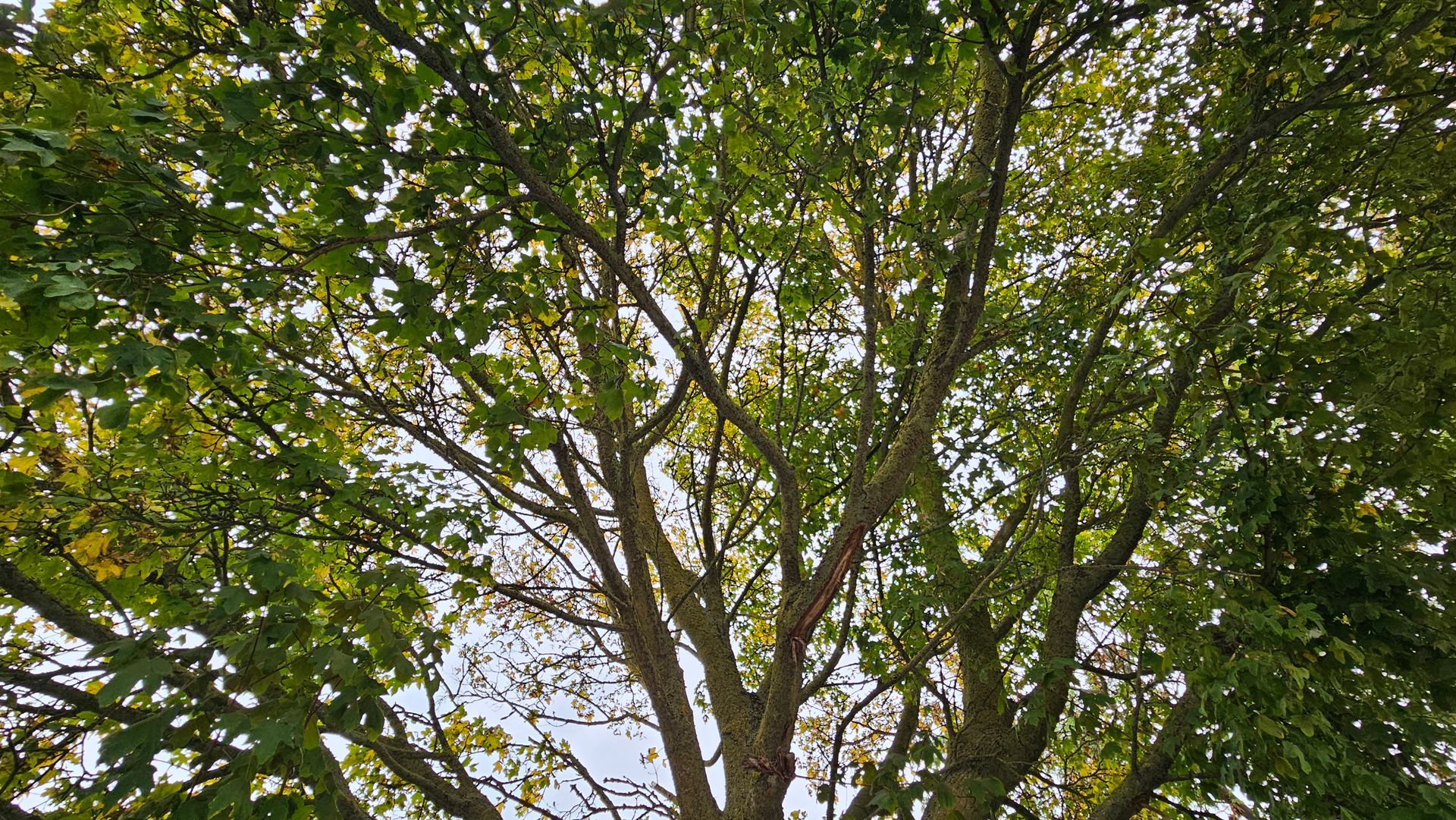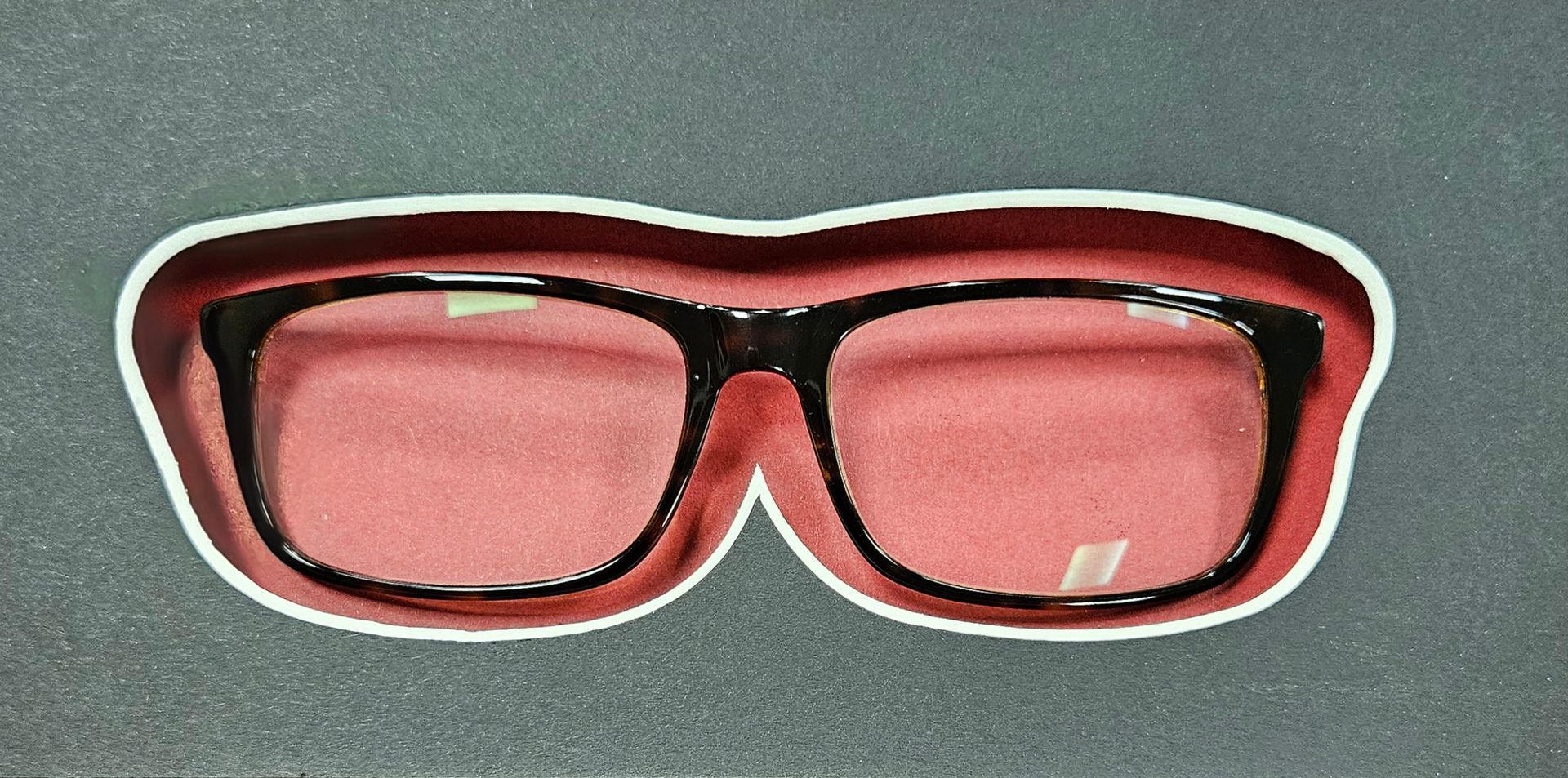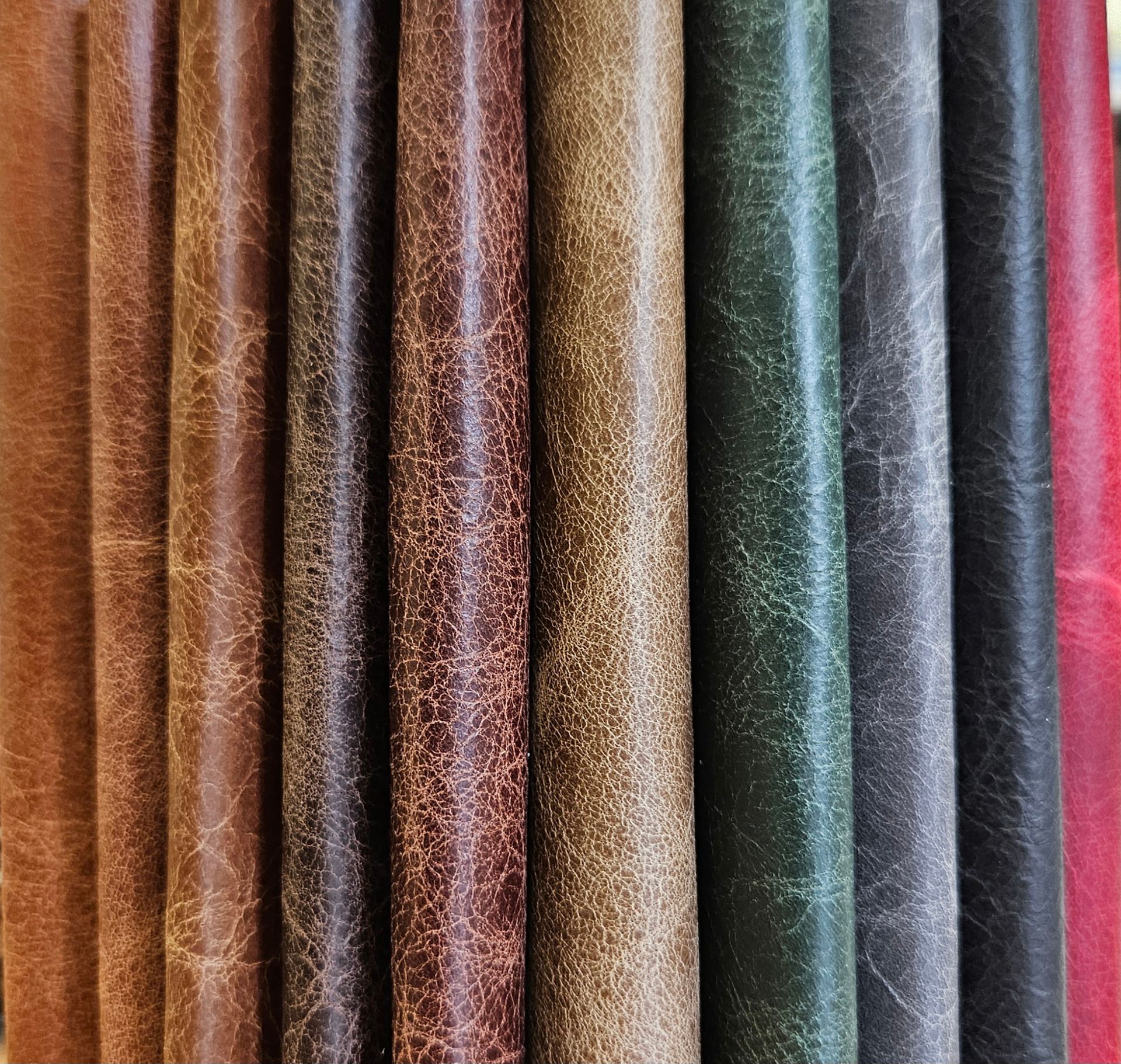The Beauty and Necessity of Conservation Framing: Preserving Art for Future Generations
Art has the incredible power to captivate, inspire, and touch our souls. Whether it's a delicate watercolour, a striking oil painting, or a cherished photograph, art is a precious medium that deserves our utmost care and attention. One crucial aspect of art preservation is conservation framing, a practice that safeguards artworks from various environmental factors that can cause irreversible damage. In this blog post, we will delve into the reasons why conservation framing is essential for protecting art and ensuring its longevity for future generations to enjoy.
Protection from Environmental Factors:
Artworks are susceptible to damage caused by environmental elements such as light, humidity, temperature fluctuations, and pollutants. Conservation framing utilizes archival-quality materials and techniques to create a protective barrier that shields art from these harmful factors. Ultraviolet (UV) filtering glazing is often employed to block harmful UV rays, which can fade pigments and degrade the integrity of the artwork over time. Additionally, acid-free matting and backing boards prevent discoloration and acid migration, keeping the artwork in pristine condition.
Preventing Physical Damage:
Conservation framing not only guards against environmental factors but also provides physical protection for artworks. The frame acts as a sturdy enclosure, shielding the artwork from accidental impacts, handling, and potential mishaps. It creates a barrier between the artwork and potential dangers, such as moisture, dust, insects, or accidental spills. By securely mounting and framing the artwork, conservation framing ensures its structural stability, reducing the risk of creases, tears, or warping.
Enhancing Aesthetic Presentation:
Beyond its protective qualities, conservation framing also enhances the aesthetic presentation of the artwork. Custom conservation framing allows for careful selection of materials, including acid-free mats and high-quality wood or metal frames, which complement the artwork's style, colours, and mood. A well-chosen frame not only accentuates the artwork's beauty but also adds an element of sophistication and professionalism. Conservation framing allows curators, artists, and collectors to display artworks in a visually appealing manner, elevating their overall impact.
Long-Term Preservation:
Art has the power to transcend time, preserving the cultural and historical narratives of our society. Conservation framing plays a vital role in the long-term preservation of art, ensuring that it can be cherished and studied by future generations. By employing archival materials and techniques, conservation framing slows down the natural aging process of artworks, prolonging their lifespan. Through conservation framing, we protect the integrity of art, allowing it to retain its beauty and value for years to come.
Retaining Artistic Intent:
Artists pour their creativity, vision, and emotions into their artworks, each stroke or composition embodying their artistic intent. Conservation framing respects and preserves this intent by maintaining the artwork's original appearance. The use of archival materials ensures that the artwork remains unaltered over time, avoiding any negative impact on colour, texture, or overall composition. By employing conservation framing, we honour the artist's intention and enable viewers to experience the artwork as it was originally envisioned.
Conservation framing is an indispensable practice for art preservation, safeguarding precious artworks for future generations to admire and cherish. By protecting art from environmental factors, preventing physical damage, enhancing aesthetic presentation, ensuring long-term preservation, and retaining artistic intent, conservation framing becomes a vital tool in the hands of artists, collectors, and art enthusiasts. Let us embrace the beauty and necessity of conservation framing, preserving the cultural heritage and artistic achievements that enrich our world.




